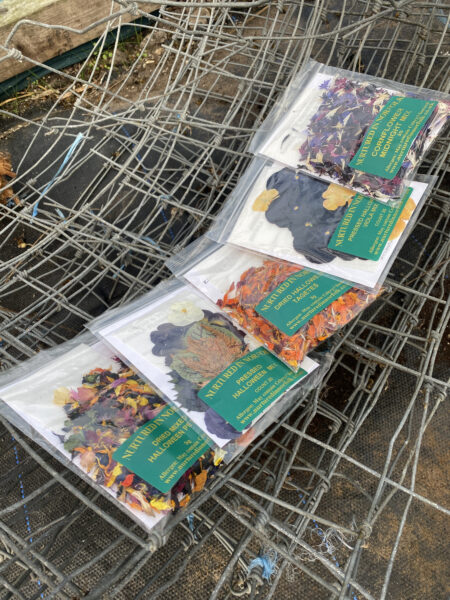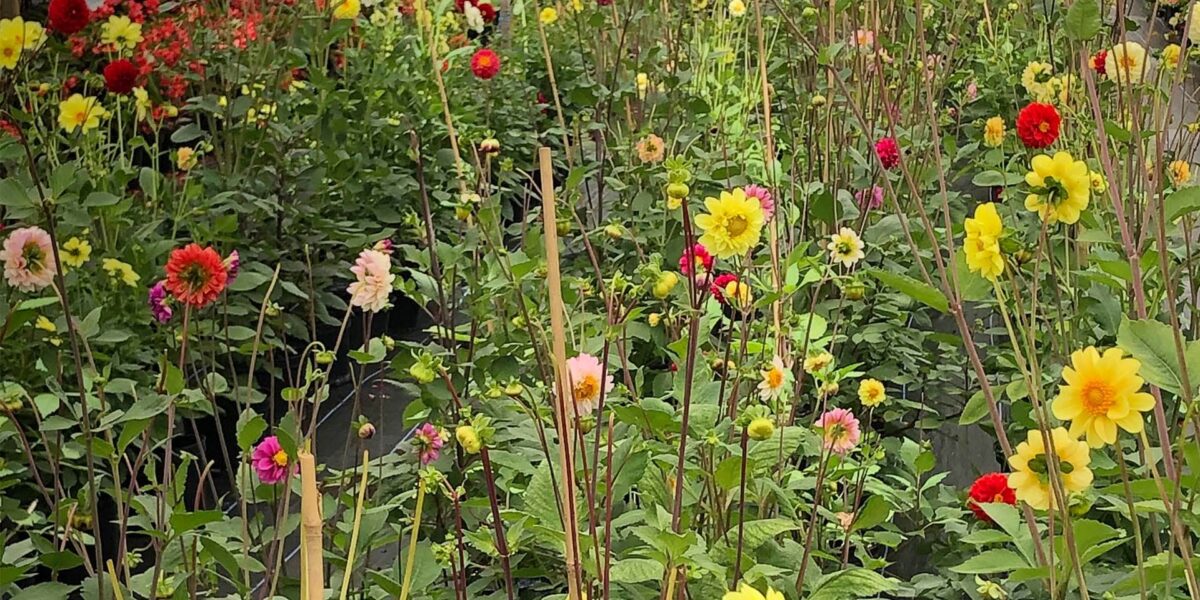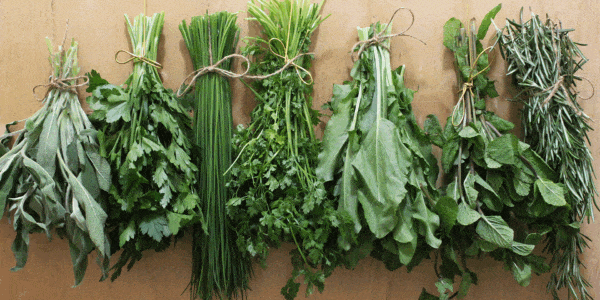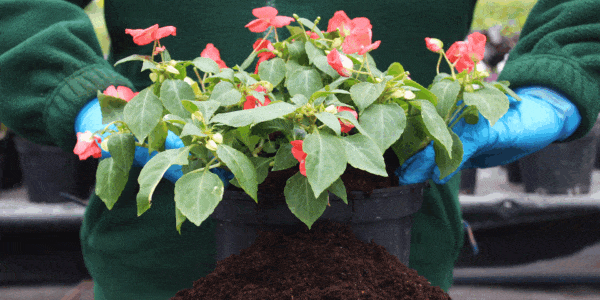 20 October 2022 | Horticulture Hacks
20 October 2022 | Horticulture Hacks
Growing your own Dahlia Flowers

Dahlia Flowers are this weeks focus! You can shop our dahlia flowers here.
Nurtured in Norfolk’s gardening expert Martyn Davey answers all your questions and gives his top horticulture hacks.
If you would like any horticulture query answered please do e-mail our head grower at martyn@nurturedinnorfolk.co.uk to add your thoughts to our horticulture hacks.
Dear Martyn,
I would like to know how to grow the same dahlia next year. What precaution needs to be taken to regrow the same dahlia? I live in London so we don’t get snow but frost is quite common.
Thanks in advance.
D. Badve, email.
Dear Reader,
Dahlias are great plants to grow for flower in both summer and autumn, with a wide range of colours and forms in both the flowers and leaves. As dahlias are tender, you’re best starting the tubers into growth in the greenhouse, then plant them in their flowering site after the frosty days are passed. For most in the UK, this is at the end of May.
Selecting a good site for dahlias is important. They like to grow in free-draining, lighter soils, where they are more likely to survive the winter. While they will grow on heavy soils, you are more likely to need to lift the tender tubers at the end of autumn as they would otherwise suffer when heavy ground gets colder and soggier in winter. All dahlias like a sunny site, ideally with space between them and their neighbours.
Improve your soil by adding organic matter, such as home-made compost or well-rotted manure, over the area you’re planting in. Dig in one or two buckets of organic matter per sq m. Apply a general purpose fertiliser such as Growmore as you plant.
Dahlias are best planted 60cm apart and 10-15cm deep when planting with a view to leaving them in over winter plant them deep to give protection from frost. Applying a mulch over the soil will help to conserve moisture and also protect the tubers through winter. Apply the mulch in autumn or after planting in the spring. New shoots are vulnerable to slugs, so protect plants in their early stages of growth.
After a productive summer and early autumn, flowering inevitably slows down as temperatures drop. Dahlia foliage will be killed off by frost, but even before then, through October and November, the flowers get increasingly tatty and windblown.
At the end of the season, you can either: Leave in situ. Cut down stems and cover the tops of tubers (crowns) with a good 15cm of coarse mulch, like bark chip or garden compost, to protect from frost. This is a good option if you live in warmer parts and have free-draining soil. Although there’s always a risk of cold loss, it avoids the job of lifting and saves on storage space indoors.
Dig up and store tubers. This is the way to go if you grow on wet winter soil and live in colder parts of the country. Cut down the stems and lift the tubers. Shake off as much of the soil as possible and trim off any damaged tubers. Cut the stems back to about 5-15cm and store the tubers in shallow crates or open topped boxes. Surround them with an insulating material like dry potting compost or sand just over the crowns. It’s best not to split tubers at this point as it’ll make wounds which are vulnerable to rotting. Do this, instead, in spring when you’re about to set them off into growth.
Store your tubers in a dark, cool but frost-free place like a shed or garage. During really cold spells put some fleece or newspaper over the top for added protection. Check them occasionally for signs of rot and remove any unhealthy ones.
If you’ve grown a dahlia seed mix, these will have developed tubers by the end of the season that can also be kept or stored. As seed-raised plants are genetically variable, you may only want to select the best to keep. You could then propagate identical plants by taking cuttings from them next year.
Jobs for this week
- This is the time of year when the lawn gets covered in leaves as they fall from the trees it is important to clear these leaves to allow the grass to grow.
- The leaves that you clear from the lawn and borders is excellent for composting down to make leafmould. Put the leaves into old compost bags seal the top, pierce holes in the bag with a garden fork and then let nature take its course for 12-18 months.
- Check tree stakes and ties ensure they are still needed and if so that they are correctly adjusted, quick growing trees need regular checks and adjustment.

